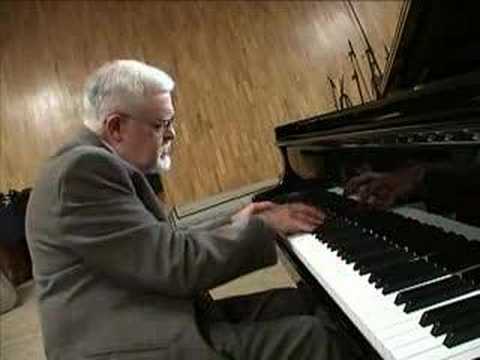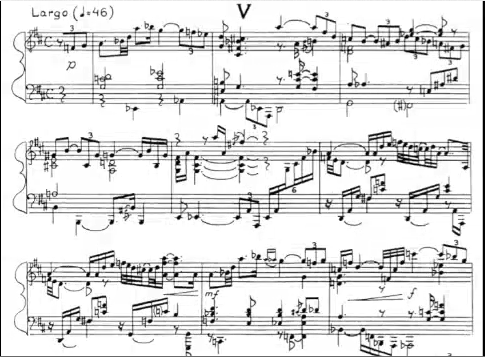Bach and New Orleans Jazz
Differences:
1. The different voices in Bach Fugues are not improvised. In New Orleans Jazz, improvisation is a fundamental feature. Bach's music is very structured, which is characteristic of the Baroque Era.
2. Fugue's start off with a solo voice presenting the subject and the other voices start off with an imitation of the subject. New Orleans Jazz right away starts off with the three different instruments playing their own melody.
3. Polyphony in Baroque music is not as polyrhythmic as in New Orleans Jazz. Since New Orleans Jazz uses improvisation, the different voices have a more independent rhythm.
Similarities:
1. The use of polyphony in Baroque Fugue's and in New Orleans Jazz causes a polyrhythmic texture in the music.
2. After the subject is presented by each of the voices, they each go on to play their own independent themes much like New Orleans Jazz music has many different melodies playing simultaneously.
3. They both have a main theme that the piece is based on. In the Fugue there is the subject which is played solo at the beginning of the Fugue, and in New Orleans Jazz there is the main melody that is played by the leading instrument. For example, in "When the Saints Go Marching In" the leader (which is the trumpet) plays the actual "When the Saints Go Marching In" theme while the trombone and clarinet improvise melodies on top of it.

(An excerpt from Bach's Fugue # 7 in E flat from his Well Tempered Clavier Book 2.)
The subject in this Fugue is played solo in the bass clef throughout the first six measures. Then, a fifth above, the second voice takes its turn at playing the subject; and so on. The beginning of a Fugue is much like New Orleans Jazz in the sense that there is a main theme being accompanied by other voices playing different melodies. The main theme in a Fugue would be the subject. However, the main theme in a Fugue is accompanied by other melodies only after the theme has already been presented by at least one voice.

(An excerpt from Bach's Fugue # 9 in E from his Well Tempered Clavier Book 2)
In this excerpt from a fugue, the subject has already been presented by each voice and they have begun to play very different things against each other. This part of a Fugue is more like New Orleans Jazz than the beginning of the Fugue in the purely polyphonic sense because this is when the voices are truly independent from each other rather than accompanying the subject.
Bach and Kapustin
Nikolai Kapustin

Nikolai Kapustin is a modern Jazz composer from the Ukraine. His use of polyphony in his music can be compared to the way Bach uses polyphony in his preludes.

(Above is an excerpt from Kapustin's Prelude # 5 from his 24 Preludes in Jazz Style Op. 53)
Click Here to listen to this piece
Kapustin, like bach, uses different voices in this prelude to express single ideas. The different voices support each other to express a common melody rather than playing completely different things. The second voice comes in the third stanza after two beats and a dotted sixteenth rest on the a note. That small phrase that the second voice starts with adds to the melody that is being played by the first voice. Then the second voice begins to accompany the first voice with a chord. Later on, in the seventh measure is another example of a small phrase to support the theme. The second voice plays a small descending pattern from F to D. This serves as support and ornamentation to the theme being expressed.